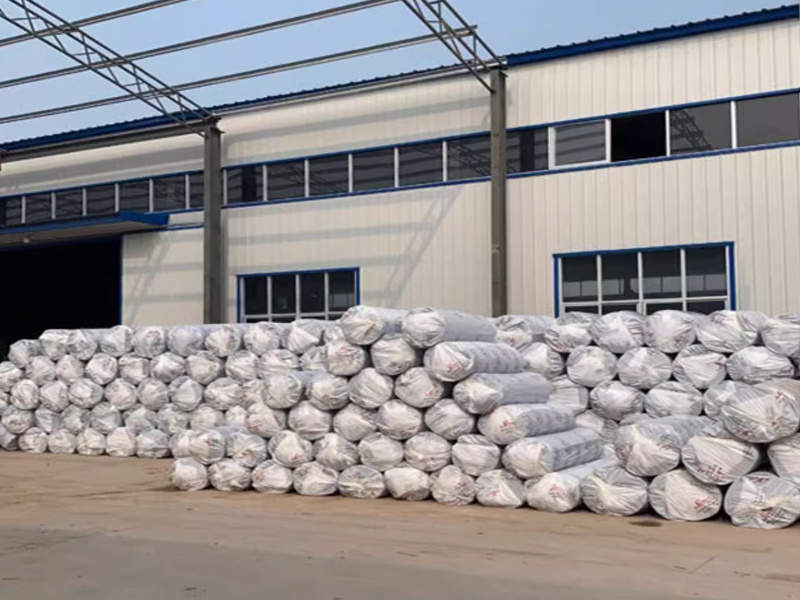Rock Wool: Essential Tips and Considerations for Home Insulation
Jul 09,2025
Understanding Rock Wool
So, you’re thinking about insulating your home? Well, let me introduce you to rock wool, a nifty material that’s making waves in the insulation world. This fibrous wonder, derived from volcanic rock or slag, is renowned for its thermal properties and soundproofing capabilities. But before you dive headfirst into a project, there are a few crucial pointers to keep in mind!
The Marvelous Benefits
First off, let’s talk about why rock wool is a go-to choice for many homeowners. Not only does it offer excellent thermal insulation, but it’s also fire-resistant—yes, you heard that right! With a melting point of around 1,200°C (2,192°F), it can help keep your home safe from fire hazards.
Additionally, this material is hydrophobic. That means it repels water, reducing the risk of mold and mildew. When installed properly, rock wool can significantly enhance energy efficiency, saving you some bucks on those utility bills. Talk about a win-win!
Installation Considerations
Now, let’s get to the nitty-gritty—installation. While rock wool is a fantastic choice, there are a few things to ponder before you start laying it down. One major consideration is ventilation. You want to ensure your home has adequate airflow to prevent moisture buildup, which could lead to problems down the line.
Also, remember that rock wool can be a bit itchy. So, when you’re handling it, always wear gloves, long sleeves, and a mask. Safety first, folks! In fact, it’s a good idea to have a buddy help you out. That way, you’re not only getting the job done but also keeping each other safe.
Cost and Availability
Let’s chat about the bucks and cents. Rock wool tends to be a bit pricier than other insulation materials, like fiberglass. However, considering its durability and effectiveness, it’s often worth the investment. Look around at local suppliers, as prices can vary based on your location.
Oh, and don’t forget to check for any available rebates or incentives for energy-efficient home improvements—every little bit helps!
Environmental Impact
Another thing to mull over is the environmental aspect. Rock wool is made from natural materials, which is great news for eco-conscious homeowners. Plus, it’s recyclable, so if you ever decide to renovate, you can rest easy knowing it won’t just end up in a landfill.
That said, do your homework on the manufacturers. Some may use less environmentally-friendly processes, so try to source from brands that prioritize sustainability.
Maintenance Tips
Once installed, rock wool is relatively low-maintenance. However, it’s a good idea to check it out every now and then. Look for signs of moisture or damage, and ensure it’s still doing its job effectively. If you spot any issues, address them promptly to keep your home cozy and safe.
In Conclusion
To wrap it up, rock wool is an exceptional insulation choice that brings a slew of benefits to the table. With its fire resistance, soundproofing abilities, and eco-friendly properties, it’s hard to go wrong! Just remember to consider installation tips, costs, and maintenance to make the most of your investment.
So, whether you’re a DIY enthusiast or hiring a pro, keep these pointers in your back pocket. Happy insulating!
PREVIOUS:
Contact Us









